Ertach Kernow - Gwennap a rich mining history
The old ecclesiastical parish of Gwennap was during the 19th century once described as being the ‘richest square mile in the Old World’. Containing the larger villages of St Day, Carharrack and Lanner along with a number of smaller hamlets it has some wonderful industrial remnants from Cornwall’s mining heyday. Taking a trip along with me were Will and Josh, young volunteers at Newquay Museum, a chance to show them an area of Cornwall neither had visited. The larger ecclesiastical parish was gradually broken up to form separate parishes for St Day, Carharrack and Lanner as well as the remaining rump of Gwennap parish.
St Day is a village within the parish of St Day whose population is around 1,800 people much smaller than in 1841 when this area was a major centre of mining output. The parish population peaked in 1851 at nearly 4,000 before decline along with mining during the 1860’s. This period of wealth did however allow for the building of some substantial properties including what is now known as St Day Old Church. In its heyday this must have been a magnificent building albeit not to the design of traditional medieval Cornish churches. Records show that there had been a chapel in St Day from before 1269. John Norden travelling in the 16th century provided a description; ‘St Daye - A hamlet. There was sometime a Chappell, now decayde, called Trinitye, to which men and women came in times paste from far in pilgrimage: the resorte was so greate, as it made the people of the Countrye bringe all kind of provision to that place; and so longe in contynued with increase, that it grew to a kinde of market; and by that meanes it grew and contynueth a kinde of market to this daye, without further charter.’ Following the Reformation, the chapel was sold in 1568 and became a ruin although lasting until finally demolished in 1797.
The new Church of the Holy Trinity was completed and consecrated in 1828 with the new St Day parish being formed in 1835. Built of cut granite it was built in the gothic style with towers, pinnacles and castellated features adorning it. Further work was carried out in 1891 with heating and four stained-glass windows added as late as 1911. Sadly, with the decline in mining and a fall in the population the church felt it could no longer afford to maintain this large building and it was closed in 1956. The roof was demolished in 1985 following vandalisation of the building.
The building leased from the Diocese of Truro by The Trevithick Trust in 1999 is now owned by the ‘St Day Old Church Community Interest Company’ for the benefit of the community as a heritage and performance arts venue. The former Poet Laureate Sir John Betjeman likened the church to ‘an ecclesiastical toy fort’ which is now a Grade II listed building. It is surrounded by a substantial graveyard with some high quality and interesting monuments.
St Day has a clock tower in the main street acting as a war memorial to the fallen in the two world wars. Originally constructed in 1831 in the newly relocated marketplace it fell into disrepair due to the leaseholder not allowing access. On his death in 1870 it was repaired, and maintenance was ongoing especially after it became the village war memorial. More recently now under the control of St Day Parish Council since 2014 extensive renovation work has been undertaken.
A description of St Day’s as a settlement written in 1906 said ‘St Day was an important mining town and market town when Redruth and Camborne were struggling villages. Now the grass grows in St Day market house, and the stalls are rotten and unused.’ By 1909 the market was gone and St Day as a town was in decline. That it had once had its place in the sun can be illustrated by a somewhat lengthy poem by schoolmaster William Francis published in 1845 entitled Gwennap: A descriptive poem in seven cantos. His pride in St Day and the parish can be clearly seen in the lines ‘Her handsome town-clock which the time-seeker greets, The large markets and shops, where all things abound, The elegant villas and dwellings around, In her offices, too, for stamps, and her post, In size and in splendour, the township can boast, Far more than pertained to old St. Dye's town.’ Besides gleanings from the poem the book does contain some interesting footnotes.
Leaving St Day, we moved onto one of the most famous sites in the old St Gwennap parish. When one talks of Gwennap it brings to mind the preaching pit made famous by the Wesley brothers and still an iconic much visited landmark in the area. Originally just a dip in the ground it was visited by John Wesley no less than eighteen times and Charles fifteen times. From an original gathering of around 400 people listening to John preach in Gwennap, Charles later preached to an estimated crowd of in excess of 9,000. The original dip in the ground, probably a mining depression was rebuilt in memory of the Wesley’s in 1806 forming the terraced amphitheatre seen today. The tiered seating is said to be able to accommodate 1,500 people and a local person told us that the distance around all the tiers would reach one mile. Maybe a bit of an exaggeration, but perhaps not too far short. The adjacent Busveal Chapel was completed as a Wesleyan chapel in 1836 and now incorporates a heritage centre.
Carharrack our next stop was mentioned as early as 1290 only developing as a thriving community due to expansion of the Gwennap mining area. The historic manors of Chenmarch and Tolgullow were mentioned in Domesday in 1086 and would have fallen within the Carharrack civil parish formed in 1985. The reopening in 1819 of the Consolidated Mines a group of five mines that became known as Consuls, which had closed in 1811, gave a spurt to the expansion of Carharrack. The introduction of two 90” pumping engines drained the mines allowing this became the richest copper mine in Cornwall until 1840. Consuls employed 3,000 people with Carharrack providing the base on which to build and expand housing. The Redruth to Chacewater railway opened in 1825 to transport the ore from the Gwennap copper mines to wharves around Devoran, passing via Carharrack.
The village today has a range of original miners terraced cottages along with the church of St Piran completed in 1884, a mission church to the mother church at Gwennap. Designed by the famous Cornish architect Silvanus Trevail this church is the only one in Cornwall to have a wooden spire. The spire was overhauled in 1992 and the repaired bell was rehung.
A few minutes away we found the mainly 15th century church of St Wennapa, in the hamlet of Gwennap. A church has existed here since the 12th century and is only one of four churches in Cornwall with a detached tower, this holds a peal of six bells. The church sits in a large churchyard with a late 19th century lychgate in the centre of the plot towards the church. The church is situated in a small hamlet with only a couple of dozen houses surrounding it, but once serviced over 10,000 people with a similar number buried in the cemetery. The graveyard itself is now viewed as a wildlife friendly place which is carpeted with bluebells in the spring and blooming cherry trees. Sadly, it just looked rather unkempt during our visit and the church was not open for visitors. However, we all found it most interesting with some curious monuments including the ancient Celtic cross and a sundial over the porch dated 1733.
Off on our final stop on this trip to the Poldice mine, first mentioned in a legal wrangle in 1522. Reaching 100 fathoms (600 feet) by 1702 they needed ‘engines’ to dewater the mine. Likely these were water or horse powered whims. In 1741 two Newcomen steam engines were in use and shortly after this the Great Cornwall Adit began construction as a system of interconnecting adits to drain mine workings around Gwennap. More efficient Boulton and Watt engines were installed in 1786, and in 1800 Poldice amalgamated with neighbouring Wheal Unity. Further amalgamations took place in 1852 with Wheal Maiden, Wheal Gorland and Carharrack Mine forming St Day United. From 1866 onwards there were a series of closures, reopening of some works, more closures and reworking of the dumps until the 1970’s. Altogether it is estimated that there are over 100 shafts in the area with depths ranging up to nearly 1000 feet. This historic mining area is on open access land reached by walking along narrow lanes with views and access to the ruins.
Although the wealth of 19th century mining has left the area it is not without diverse forms of industry and a different type of mineral industry now coming to the fore. Today with the discovery of quality lithium beneath Cornwall, United Downs at St Day has become the flagship exploration centre for Cornish Lithium.
This brief tour of the area is just skimming its surface, and so much more can and will be written in the future to include the other large settlement of Lanner. This is an area rich in historic heritage and somewhere where residents can certainly take pride in and well worth a visit.
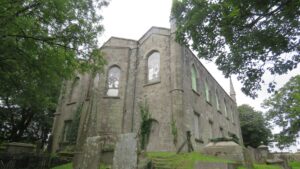
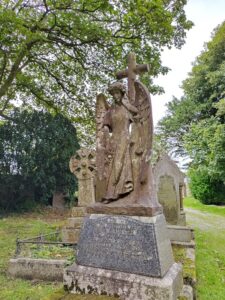
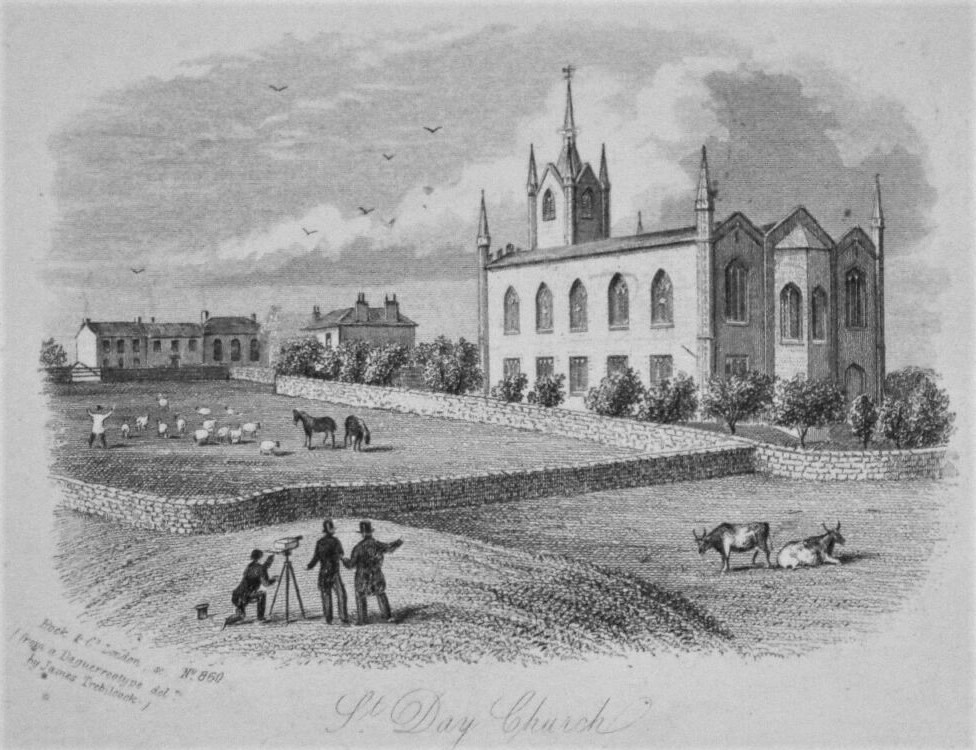
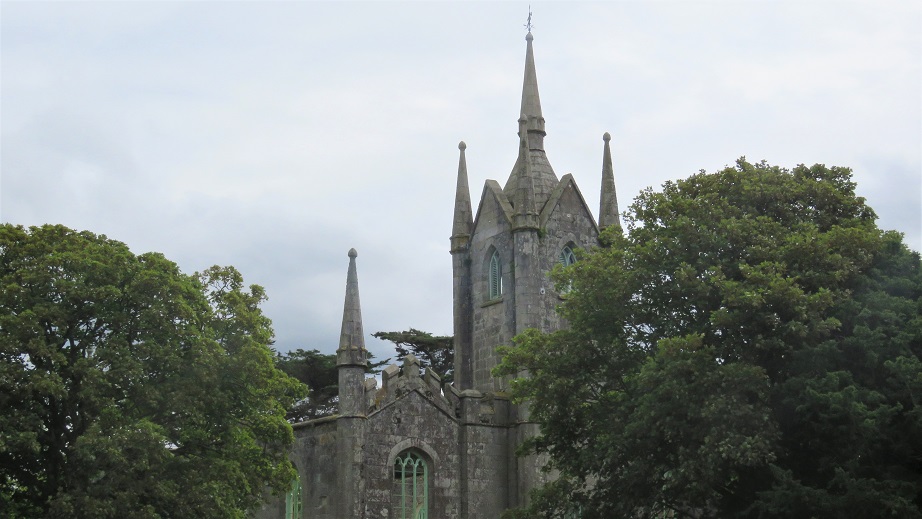
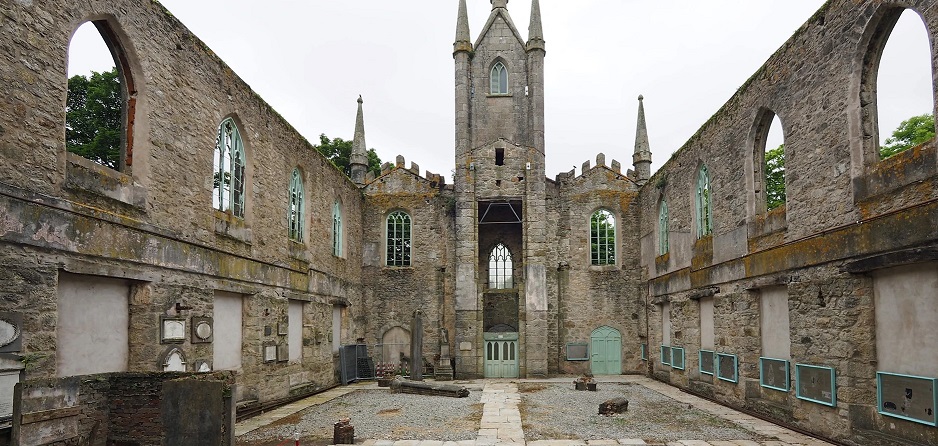
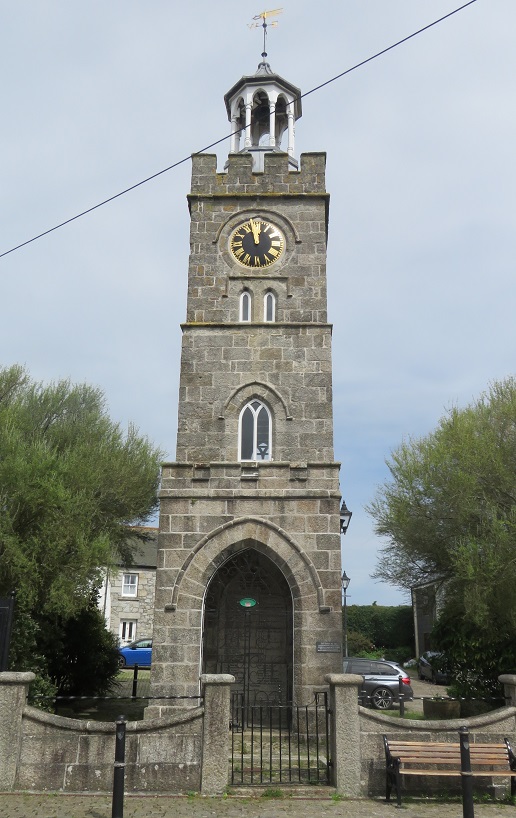
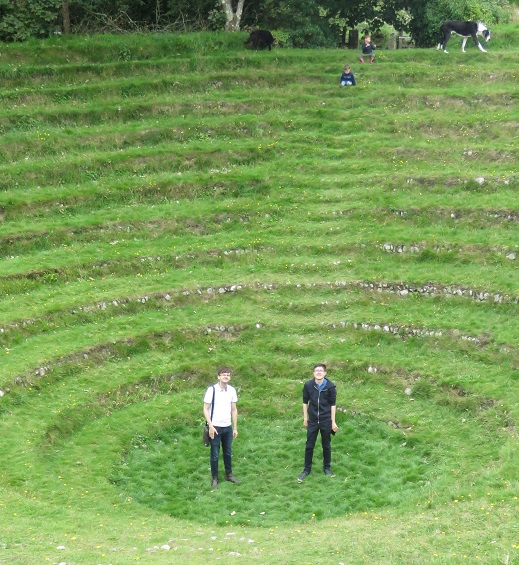
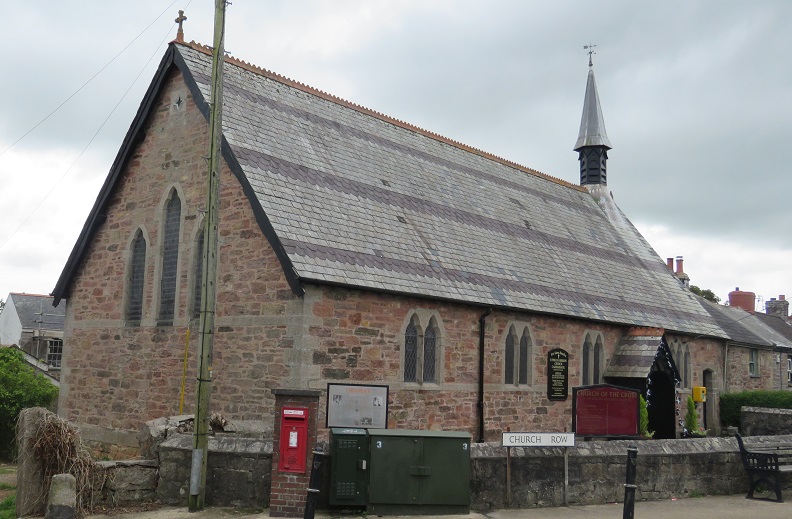
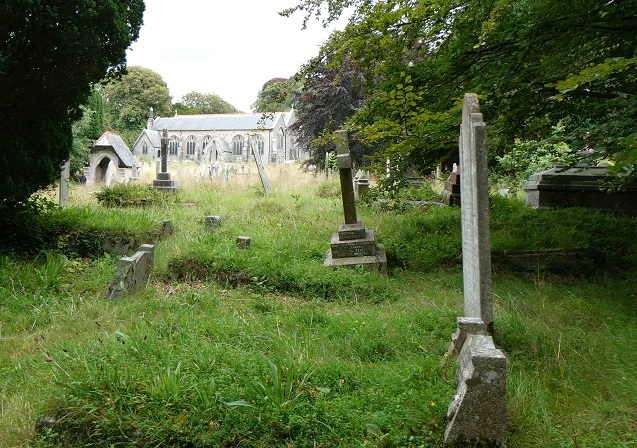
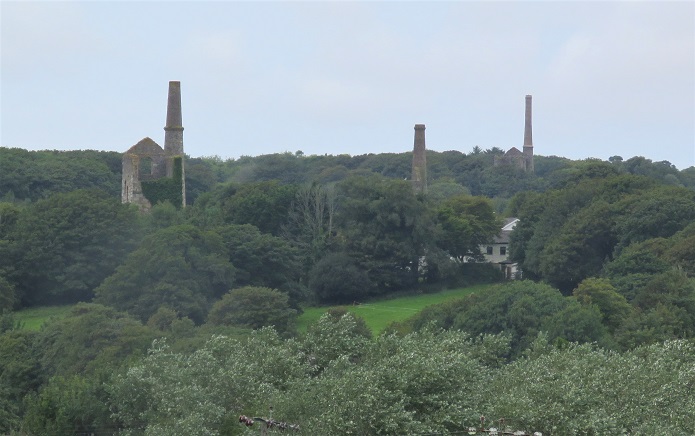
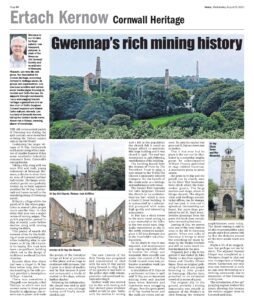
![Ertach Kernow - 16.08.2023 - Gwennap's rich mining history [2] Gwennap's rich mining history](https://www.cornwallheritage.com/wp-content/uploads/2023/08/Ertach-Kernow-16.08.2023-Gwennaps-rich-mining-history-2-254x300.jpg)
![[164] Ertach Kernow Heritage Column - 16th August 2023 - Geevor Mining Museum, Cornwall Heritage Trust Ertach Kernow Heritage Column - 16th August 2023 - Geevor Mining Museum, Cornwall Heritage Trust](https://www.cornwallheritage.com/wp-content/uploads/2023/08/164-Ertach-Kernow-Heritage-Column-16th-August-2023-Geevor-Mining-Museum-Cornwall-Heritage-Trust-283x300.jpg)